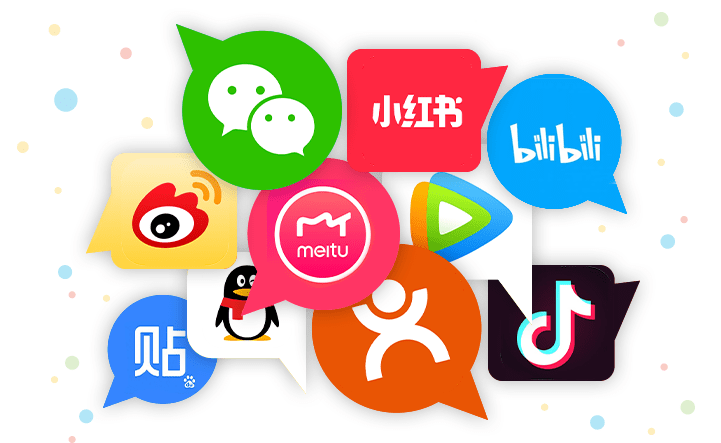Table of Contents
In 2024, the digital landscape in China continues to evolve, offering global brands unprecedented opportunities to engage with one of the largest consumer bases in the world. Chinese social media platforms like WeChat, Weibo, and TikTok are not just popular within China; they wield significant influence globally, thanks to their massive user bases and diverse functionalities. Understanding and leveraging these platforms is crucial for brands aiming to expand their presence in the Chinese market. This article delves into the top Chinese social media platforms and how they can be effectively utilized for brand marketing.
The Significance of Chinese Social Media for Global Brands
China’s vast population and rapid digital adoption make it a key market for global brands. With over 1.4 billion people, the potential reach is immense. Chinese social media platforms offer unique opportunities for brand awareness, influencer marketing, and direct consumer engagement, which are essential for building trust and loyalty.
Chinese social media users are highly engaged, spending an average of 2.25 hours daily on these platforms. The platforms support various content types, including images, videos, live streaming, and interactive features, allowing brands to create engaging and diverse content.
Overview of Top Chinese Social Media Platforms
1. WeChat
WeChat is the undisputed king of Chinese social media with over 1 billion monthly active users. Originally launched as a messaging app, WeChat has evolved into an all-encompassing super app. It offers a variety of services, including instant messaging, video and audio calls, social networking, and even mobile payments through WeChat Pay. Additionally, the app supports mini-programs, which are essentially mini-apps within the WeChat ecosystem, allowing brands to create custom experiences directly within WeChat. For instance, brands can develop mini-programs for e-commerce, customer service, or even interactive games to engage users.
WeChat’s Moments feature, similar to Facebook’s timeline, allows brands to share updates, promotions, and advertisements directly with their followers. The platform’s extensive data analytics capabilities also enable brands to target specific user groups based on their preferences and behaviors. Utilizing WeChat effectively can be a game-changer for eCommerce China, allowing seamless integration of communication and transactions.
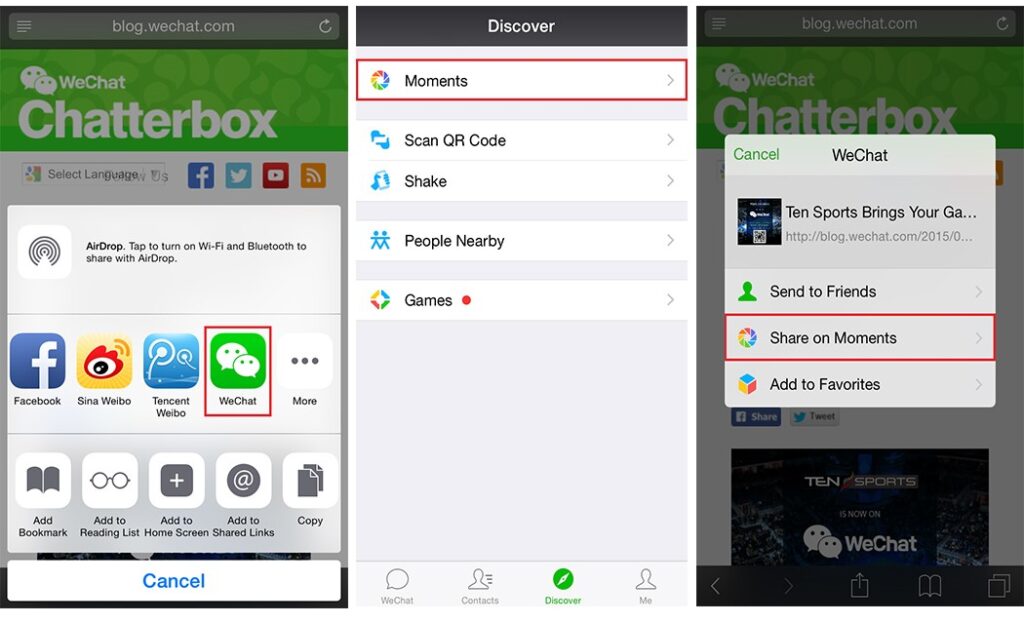
2. Weibo
Weibo is a microblogging platform with over 550 million monthly active users. It’s often compared to Twitter due to its focus on short-form content, but Weibo supports a richer multimedia experience, including images, videos, and live streaming. The platform is particularly popular for real-time news updates, celebrity gossip, and trending topics. For brands, Weibo offers numerous advertising options, such as promoted posts, banner ads, and video ads.
The platform’s hashtag campaigns and trending topics can significantly boost brand visibility. Additionally, Weibo’s fan economy is robust, with many influencers (Key Opinion Leaders or KOLs) who can amplify brand messages through their large followings. Brands often collaborate with these influencers to launch products, run campaigns, and engage with the audience more authentically. Leveraging Weibo is essential for any comprehensive China branding strategy.
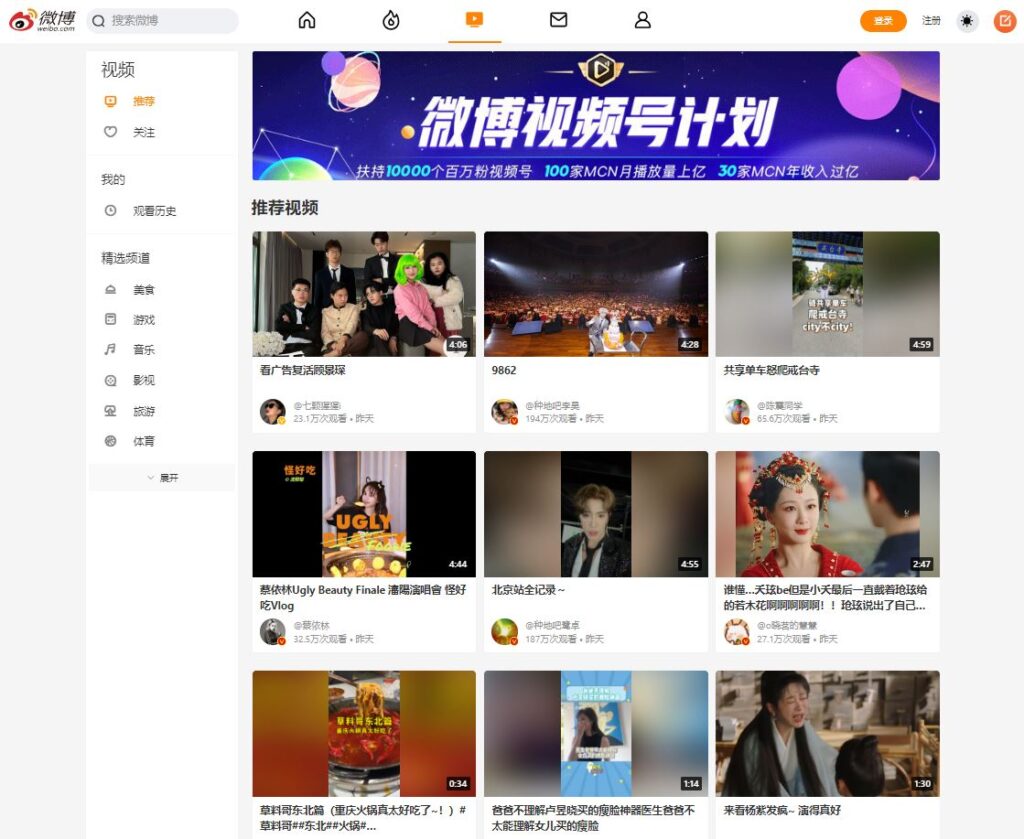
3. TikTok (Douyin)
TikTok, known as Douyin in China, is a short-form video platform with 600 million monthly active users. It’s especially popular among Gen Z and Millennials, who are drawn to its creative and engaging content. Douyin offers powerful video editing tools and effects, making it easy for users to create viral content. Brands can leverage Douyin’s platform by creating engaging and entertaining videos that resonate with younger audiences.
The app also supports a variety of advertising formats, including in-feed ads, branded hashtag challenges, and branded effects. Moreover, Douyin’s algorithm is highly effective at surfacing relevant content to users, ensuring that well-crafted brand videos can achieve substantial reach. Collaborating with popular Douyin influencers can also help brands gain credibility and expand their reach. Douyin’s rise underscores the importance of China performance marketing.
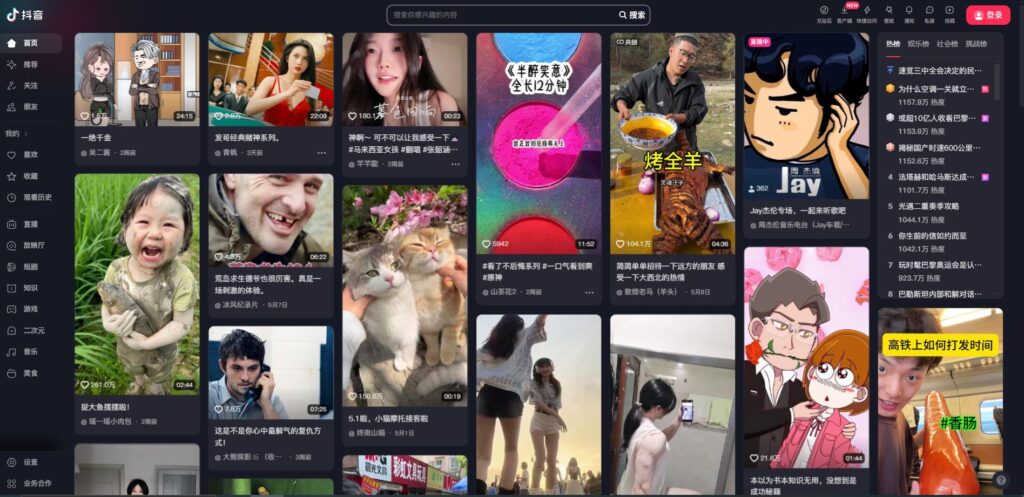
4. Tencent QQ
Tencent QQ, with over 800 million monthly active users, is a versatile platform offering messaging, gaming, music, shopping, microblogging, and even dating services. QQ’s broad range of features makes it appealing to a wide demographic, including younger users who enjoy its rich multimedia capabilities and older users who appreciate its simplicity.
Brands can utilize QQ’s various features to engage with users in multiple ways. For instance, they can launch interactive campaigns, offer customer service through QQ’s messaging service, and advertise on QQ’s extensive gaming network. The platform’s integration with other Tencent services, such as WeChat and Tencent Video, allows for seamless cross-platform marketing strategies.
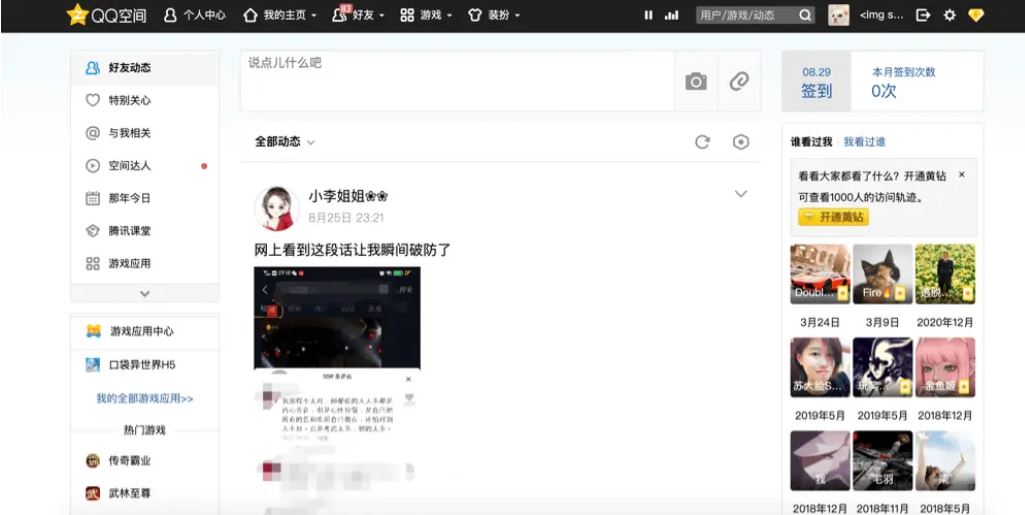
5. Baidu Tieba
Baidu Tieba is a community-based forum with over 300 million monthly active users. It allows users to create and participate in topic-based discussions, similar to Reddit. Brands can leverage Baidu Tieba to engage with niche communities, gather consumer insights, and build brand loyalty. By participating in relevant discussions and creating branded “Tieba” (forums), brands can establish themselves as thought leaders and foster a sense of community.
Baidu Tieba is particularly useful for content marketing, as posts and discussions often rank highly in Baidu search results, providing additional visibility. Brands can also use Baidu Tieba to monitor public opinion and gather feedback on products or services.
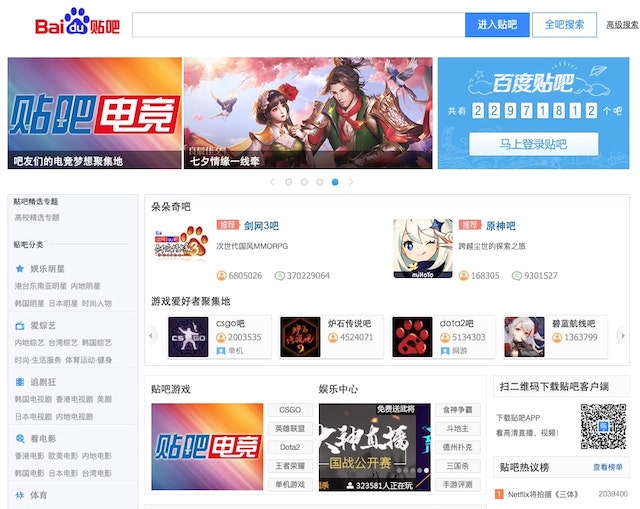
6. Tencent Video
Tencent Video is one of China’s largest video streaming platforms, with over 443 million monthly active users and more than 112 million subscribers. It offers a wide variety of content, including movies, TV shows, and live-streaming events. For brands, Tencent Video provides numerous opportunities for advertising, such as pre-roll ads, mid-roll ads, and sponsored content.
The platform’s extensive user base and high engagement levels make it an excellent channel for reaching a broad audience. Live streaming on Tencent Video is particularly popular, allowing brands to host live events, product launches, and interactive sessions with viewers. This real-time engagement can significantly boost brand visibility and consumer trust. Tencent Video’s capabilities make it a prime channel for China livestreaming strategies.
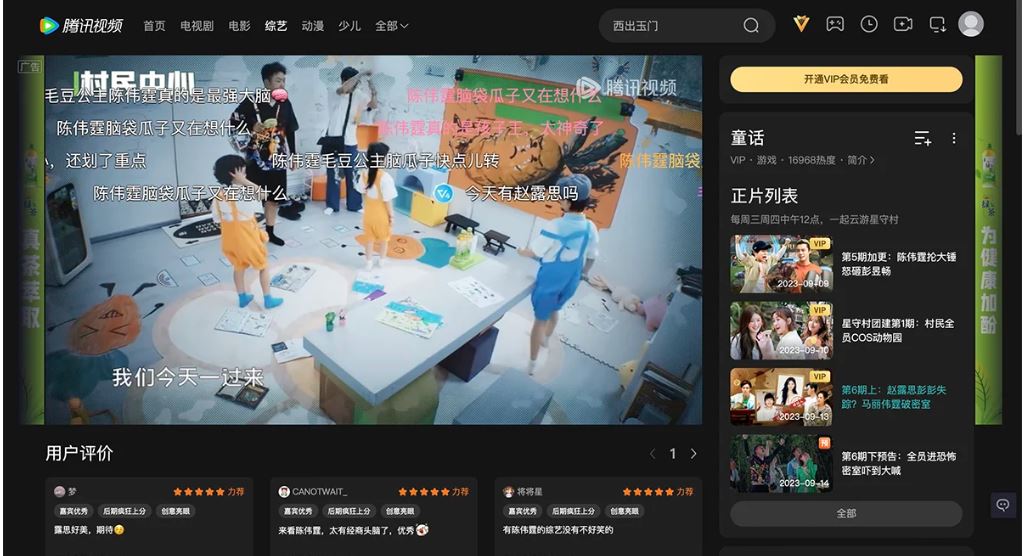
7. Zhihu
Zhihu is a question-and-answer platform with over 100 million monthly active users, similar to Quora. It’s used by professionals and experts to share knowledge and insights on various topics. Brands can use Zhihu for content marketing by answering questions related to their industry, demonstrating expertise, and building credibility.
Zhihu also offers paid advertising options, such as promoted answers and banner ads, which can increase visibility. Additionally, Zhihu’s premium membership levels provide brands with opportunities to offer exclusive content, such as webinars, e-books, and white papers. Engaging with the Zhihu community by providing valuable information can help brands establish themselves as trusted authorities in their fields.
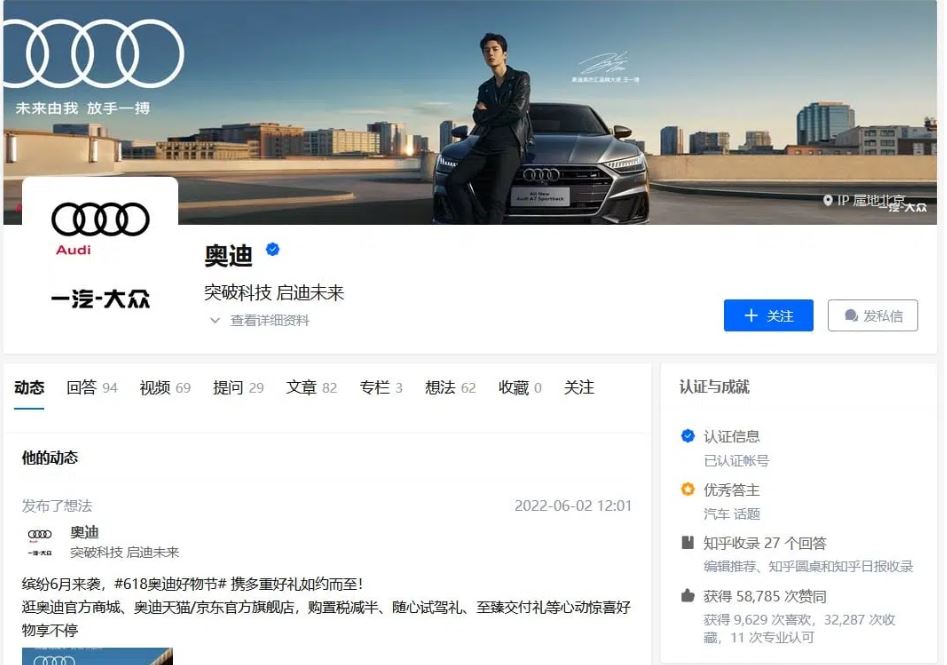
8. Little Red Book (Xiaohongshu)
Little Red Book, or Xiaohongshu, is a social e-commerce platform with over 300 million registered users. It’s particularly popular among young women and focuses on lifestyle, fashion, and beauty. The platform combines user-generated content with e-commerce, allowing users to share product reviews, tips, and shopping experiences. Brands can leverage Xiaohongshu for influencer marketing, collaborating with popular users to promote products through authentic reviews and recommendations.
The platform’s shopping features enable users to purchase products directly within the app, providing a seamless shopping experience. Xiaohongshu’s community-driven approach helps brands build trust and authenticity, making it an ideal platform for reaching young, fashion-conscious consumers. Utilizing Little Red Book is essential for effective China brand localization.
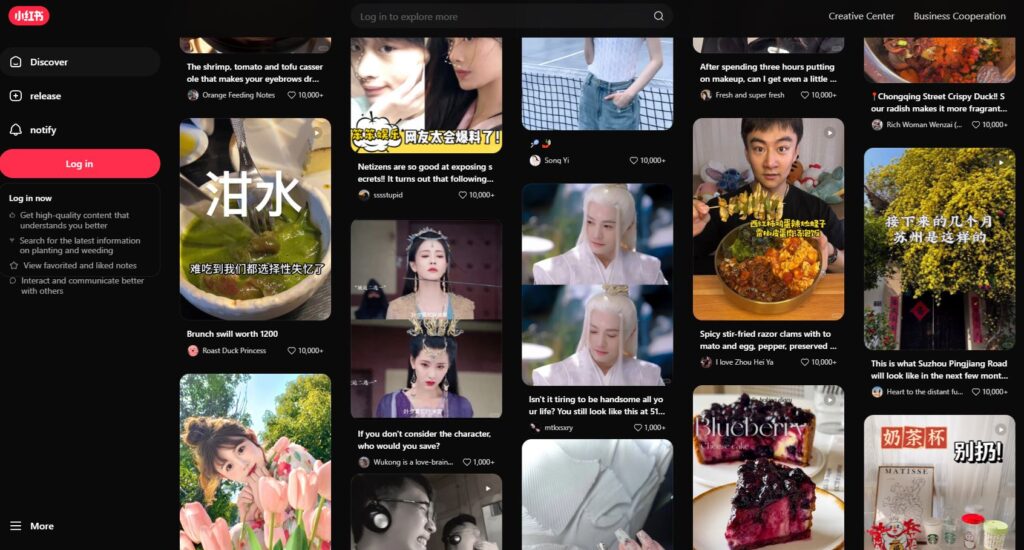
Leveraging Chinese Social Media for Brand Marketing
Influencer Marketing
Influencer marketing is a cornerstone of brand strategy in China. Collaborating with Key Opinion Leaders (KOLs) on platforms like Weibo, Douyin, and Xiaohongshu can significantly boost a brand’s reach and credibility. Influencers in China often have large, loyal followings and can influence consumer purchasing decisions through their endorsements. Leveraging KOL marketing is crucial for effective brand presence in China.
Content Strategy
Creating engaging and culturally relevant content is crucial for success in the Chinese market. Brands should leverage the various content formats supported by Chinese social media platforms, such as live streaming, short videos, and interactive posts, to capture the audience’s attention. Understanding local trends and preferences is key to creating content that resonates with Chinese consumers.
Advertising Opportunities
Chinese social media platforms offer a wide range of advertising options, including banner ads, sponsored posts, in-feed ads, and video ads. Brands should utilize these options to target specific demographics and drive conversions. Platforms like WeChat and Tencent Video also provide advanced targeting and analytics tools to optimize ad performance.
E-Commerce Integration
The integration of e-commerce features in Chinese social media platforms offers brands a seamless way to sell products directly to consumers. Platforms like WeChat and Xiaohongshu support in-app purchases, live-stream shopping, and mini-programs, allowing brands to create a cohesive shopping experience. This integration not only boosts sales but also enhances customer satisfaction by providing a convenient shopping solution.
Future Trends in Chinese Social Media
Rise of Niche Platforms
Niche social media platforms catering to specific interests and demographics are on the rise. Brands should explore these platforms to target specific audiences more effectively.
Integration of AI and AR
Artificial Intelligence (AI) and Augmented Reality (AR) are becoming integral to social media platforms. Brands can leverage these technologies for personalized marketing, interactive experiences, and enhanced customer engagement.
Continued Growth of E-Commerce
E-commerce integration within social media platforms will continue to grow. Brands should focus on creating seamless shopping experiences and utilizing advanced analytics to optimize their marketing efforts.
In 2024, leveraging Chinese social media platforms is essential for global brands aiming to expand their presence in China. Platforms like WeChat, Weibo, TikTok, and others offer unique opportunities for brand marketing, from influencer collaborations to live streaming and e-commerce integration. By understanding the landscape, respecting local culture, and implementing effective strategies, brands can connect with Chinese consumers, build strong relationships, and achieve significant growth in one of the world’s largest markets.

